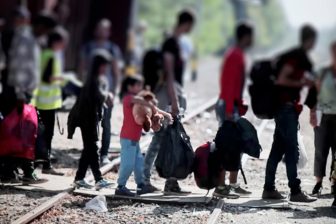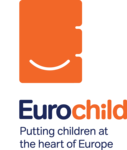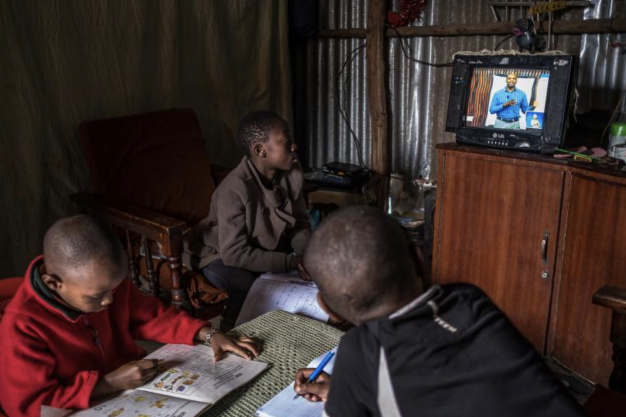
Unequal access to remote schooling threatens to deepen global learning crisis
With over a billion schoolchildren still affected by COVID-19 school closures contending with the harsh reality of remote learning, UNICEF says fundamental inequalities in accessing technology is deepening this global learning crisis.
Television is one such example – in 40 out of 80 countries supplying data, children living in urban households were at least twice as lkely to have access to a TV than their peers in rural areas. It’s a similar pattern, says the children’s charity, when it comes to one of the most precious commodities of all, electricity in the home, with vast inequalities between rich and poor households. The same goes for internet, social media and radio.
Robert Jenkins, Chief of Education for UNICEF, said: “Access to the technology and materials needed to continue learning while schools are closed is desperately unequal. Likewise, children with limited learning support at home have almost no means to support their education.
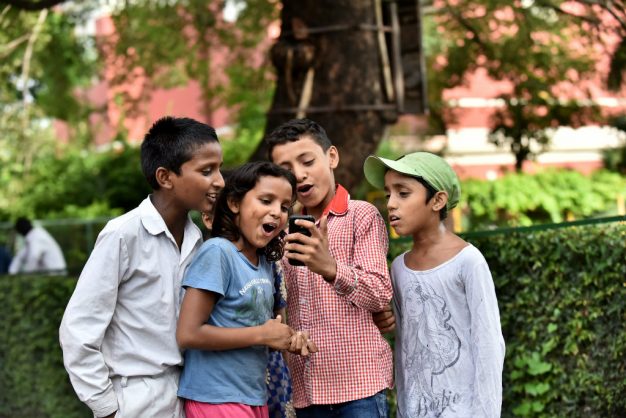
“Providing a range of learning tools and accelerating access to the internet for every school and every child is critical. A learning crisis already existed before COVID-19 hit. We are now looking at an even more divisive and deepening education crisis.”
UNICEF’s latest data on remote learning shows:
Electricity
- Huge differences exist between the richest and the poorest households. Almost all technologies used to deliver education while schools remain closed require electricity. Yet, in the 28 countries with data, only 65 per cent of households from the poorest quintile have electricity, compared to 98 per cent of households from the wealthiest quintile.
- In seven countries including Côte d’Ivoire, Lesotho, Kiribati, Sudan, The Gambia, Guinea-Bissau and Mauritania less than 10 per cent of the poorest households have electricity[14].
Internet
- In 71 countries worldwide, less than half the population has access to the internet. Despite this disparity, 73 per cent of governments out of 127 reporting countries are using online platforms to deliver education while schools remain closed[2]. In reporting countries across Latin America and the Caribbean region 90 percent of government continuity learning responses include online platforms.[3]
- In the majority of countries across Africa less than a quarter of the population has internet access[4].
- UNICEF data from 14 countries revealed that schoolchildren with internet access at home have higher foundational reading skills than children who do not have access.
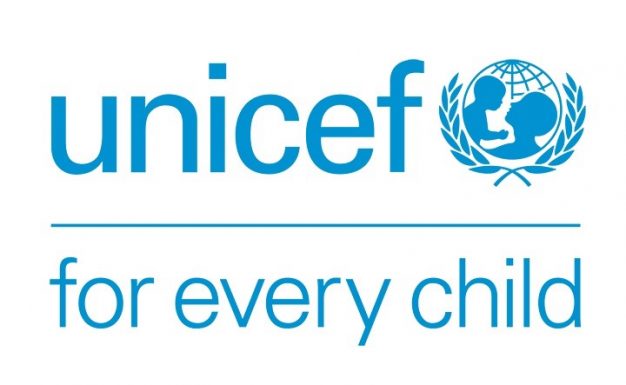
Television
- Despite disparities in ownership, television is the main channel used by governments to deliver remote learning, with 3 in 4 governments out of 127 reporting countries using television as a source of education for children[5]. More than 90 per cent of countries in Europe and Central Asia use television as a means of delivering remote learning, and 100 per cent of countries in South Asia[6]. In Latin America and the Caribbean, 77 per cent of countries are delivering education programmes through national TV channels[7].
-
In 40 out of the 88 countries with data, children living in urban households are at least twice as likely to have a TV than children in rural households. The largest disparities are in sub-Saharan Africa[8]. In rural Chad, only 1 in 100 households has a television, compared to 1 in 3 households in urban areas. In rural Guinea and rural Mauritania, 8 per cent and 7 per cent of households has a television, compared to 76 per cent of households in urban areas in both countries[9].
Radio
- Radio is the third most-used platform by governments to deliver education while schools are closed, with 60 per cent of 127 reporting countries using this method[10]. Radio ownership across and within regions varies widely. Only 1 in 5 households in South Asia own a radio, compared to 3 in 4 households in Latin America and the Caribbean[11].
SMS/Mobile/Social Media
- More than half of countries are using SMS, mobile or social media as an alternate education delivery system, with 74 per cent of reporting countries in Europe and Central Asia using these methods[12]. Around half of 127 reporting countries are offering printed, take-home resources; and only 11 per cent are offering home visits[13].
Since the COVID-19 pandemic hit, many countries have moved to quickly transform their education systems to meet the challenges of educating children with remote learning tools and technology. For example, in countries across West and Central Africa including Cote d’Ivoire, the Democratic Republic of the Congo and Nigeria, governments are working with local service providers to deliver education for primary and lower secondary age children online or though radio, TV, and paper-based approaches.
In Timor-Leste, a tiny island in south east Asia, the distance learning programme “Eskola ba Uma” or “School Goes Home” allows children to continue learning through TV, radio and online platforms. For those without access to any of these options, UNICEF partnered with Telenor in rural areas to give 600,000 mobile phone users free access to learning materials.
In Kyrgyzstan, children can access remote learning through online platforms, three national TV channels and two mobile network applications free of charge. UNICEF also supported the development and dissemination of content for children with special education needs by ensuring all remote learning lessons are also provided through sign language. Subtitles for all lessons are also provided in Uzbek and Tajik minority languages to ensure no child is left behind.
And in Mexico, the Government’s Learning at home strategy is providing long-distance education services through national television, radio and digital channels. Broadcast is based on the national curricula.
Click here for more UNICEF examples of countries’ remote learning provisions.


